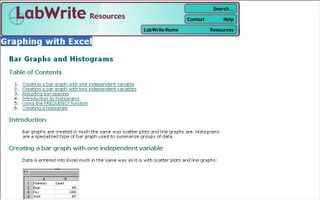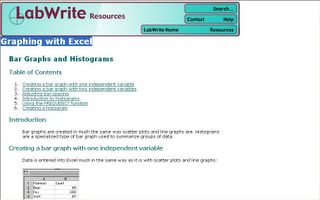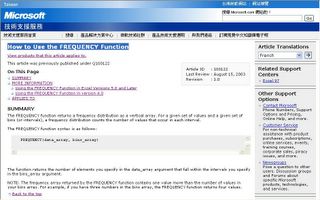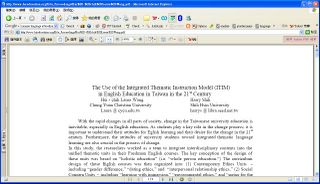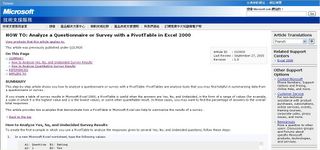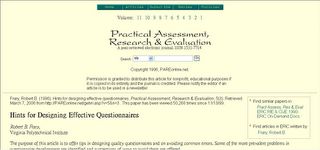Discussion
General intent
The objective here is to provide an interpretation of your results and support for all of your conclusions, using evidence from your experiment and generally accepted knowledge, if appropriate. The significance of findings should be clearly described.
Writing a discussion
Interpret your data in the discussion in appropriate depth. This means that when you explain a phenomenon you must describe mechanisms that may account for the observation. If your results differ from your expectations, explain why that may have happened. If your results agree, then describe the theory that the evidence supported. It is never appropriate to simply state that the data agreed with expectations, and let it drop at that.
Decide if each hypothesis is supported, rejected, or if you cannot make a decision with confidence. Do not simply dismiss a study or part of a study as "inconclusive."
Research papers are not accepted if the work is incomplete. Draw what conclusions you can based upon the results that you have, and treat the study as a finished work
You may suggest future directions, such as how the experiment might be modified to accomplish another objective.
Explain all of your observations as much as possible, focusing on mechanisms.
Decide if the experimental design adequately addressed the hypothesis, and whether or not it was properly controlled.
Try to offer alternative explanations if reasonable alternatives exist.
One experiment/research project will not answer an overall question, so keeping the big picture in mind, where do you go next? The best studies open up new avenues of research. What questions remain?
Recommendations for specific papers will provide additional suggestions.
Style:
When you refer to information, distinguish data generated by your own studies from published information or from information obtained from other students (verb tense is an important tool for accomplishing that purpose).
Refer to work done by specific individuals (including yourself) in past tense.
Refer to generally accepted facts and principles in present tense.
The biggest mistake that students make in discussions is to present a superficial interpretation that more or less re-states the results. It is necessary to suggest why results came out as they did.
-------------------
The text above was retrieved from this site.

